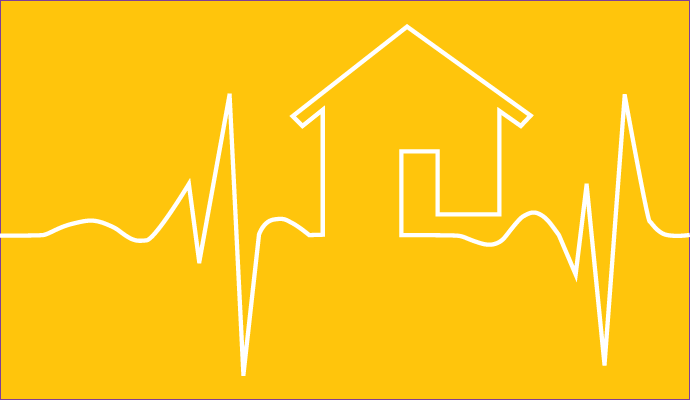ETC Model Did Not Significantly Boost Home Dialysis Rates
Home dialysis rates were only 0.12 percentage points higher in hospital referral regions assigned to the End-Stage Renal Disease Treatment Choice model, a study found.

Source: Getty Images
- The End-Stage Renal Disease Treatment Choice (ETC) model did not increase home dialysis rates, despite the financial incentives it provides clinicians to offer this type of care, according to a study published in JAMA Health Forum.
Patients with end-stage kidney disease (ESKD) account for 1 percent of traditional Medicare enrolled but 7 percent of its spending. Compared to facility-based dialysis, home dialysis is associated with lower spending and better clinical outcomes.
However, clinicians may discourage the use of home dialysis due to the lower reimbursement rates associated with it.
In 2019, the US Center for Medicare and Medicaid Innovation (CMMI) announced the ETC model as a mandatory participation randomized clinical trial to increase rates of home dialysis and kidney transplants.
The model increases reimbursement rates for home dialysis for the first three years of the program, known as the home dialysis payment adjustment (HDPA). The reimbursement boost was 3 percent in 2021, 2 percent in 2022, and 1 percent in 2023.
The model also adjusts reimbursement rates for home and facility dialysis based on the rate of home dialysis and transplant, known as the performance payment adjustment (PPA). These adjustments could range from -5 percent to 4 percent in the first year and increase to -10 percent to 8 percent during the last year.
The ETC went into effect on January 1, 2021, and ends on June 30, 2026.
Researchers analyzed all new patients who initiated treatment with dialysis for ESKD between January 1, 2021, and October 3, 2021, to determine if the ETC model impacted home dialysis rates.
The study sample included 302 hospital referral regions (HRRs), 91 of which were assigned to the ETC model and 211 were part of the control group. Within these HRRs, there were 6,000 facilities and 18,621 patients.
In the control group, 20.6 percent of new patients received home dialysis in the first 90 days. This figure was only 0.12 percentage points higher in the treatment group—a statistically nonsignificant difference.
Similarly, the mean percentage of weeks a patient received any home dialysis during the first 90 days was 16.67 percent in the control group and 0.17 percentage points higher in the group assigned to the ETC model.
The control group’s mean percentage of dialysis sessions at home during the first 90 days was 17.23 percent. This figure was 0.22 percentage points higher in the treatment group.
These findings indicate that the ETC model’s financial incentives for home dialysis did not impact dialysis modality choice.
“This raises questions about the efficacy of the financial incentives in the model and suggests that higher incentives may be necessary to affect behavioral change by dialysis clinicians and facilities,” researchers wrote.
In an editorial published in JAMA Health Forum in response to the study, researchers offered insight into why the ETC model did not significantly improve home dialysis rates.
Shifting dialysis into the home is complex and time-consuming and requires substantial investments and staff changes, the editorial noted.
Additionally, the Trump Administration’s Advancing American Kidney Health Executive Order in 2019 increased the prevalence of educational interventions to boost home dialysis, which may have stifled impacts in the ETC model due to changes in ETC and non-ETC areas.
ETC incentives may also not have been strong enough to make home dialysis more profitable for dialysis facilities due to underappreciated operational costs.
“Given these multiple factors, it may be too early to draw firm conclusions about the ETC model’s future success. Randomized payment models like the ETC model are a major step forward to rigorously evaluate new policies,” researchers wrote. “The ETC model may still be effective over time because dialysis facilities are predominantly for profit and have been highly responsive to previous payment policy changes.”
A separate study from August 2022 found that facilities assigned to the ETC model had a 9 percent lower prevalence of living donor transplantation, a 12 percent lower prevalence of waitlisting, and a 4 percent lower prevalence of peritoneal dialysis treatment use.
In the Calendar Year 2023 End-Stage Renal Disease (ESRD) Prospective Payment System Proposed Rule, CMS included adjustments to the ETC model, such as refining the improvement scoring methodology and modifying requirements related to flexibilities for kidney disease patient education services.
